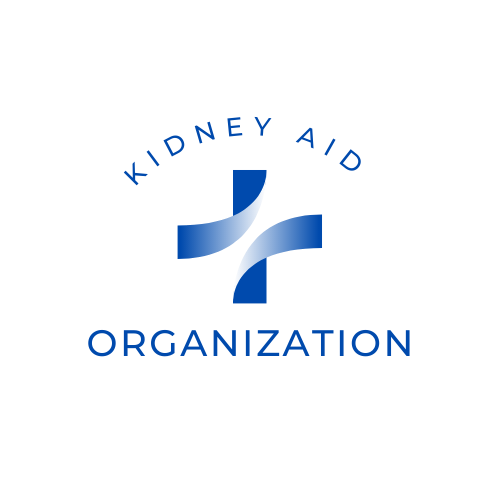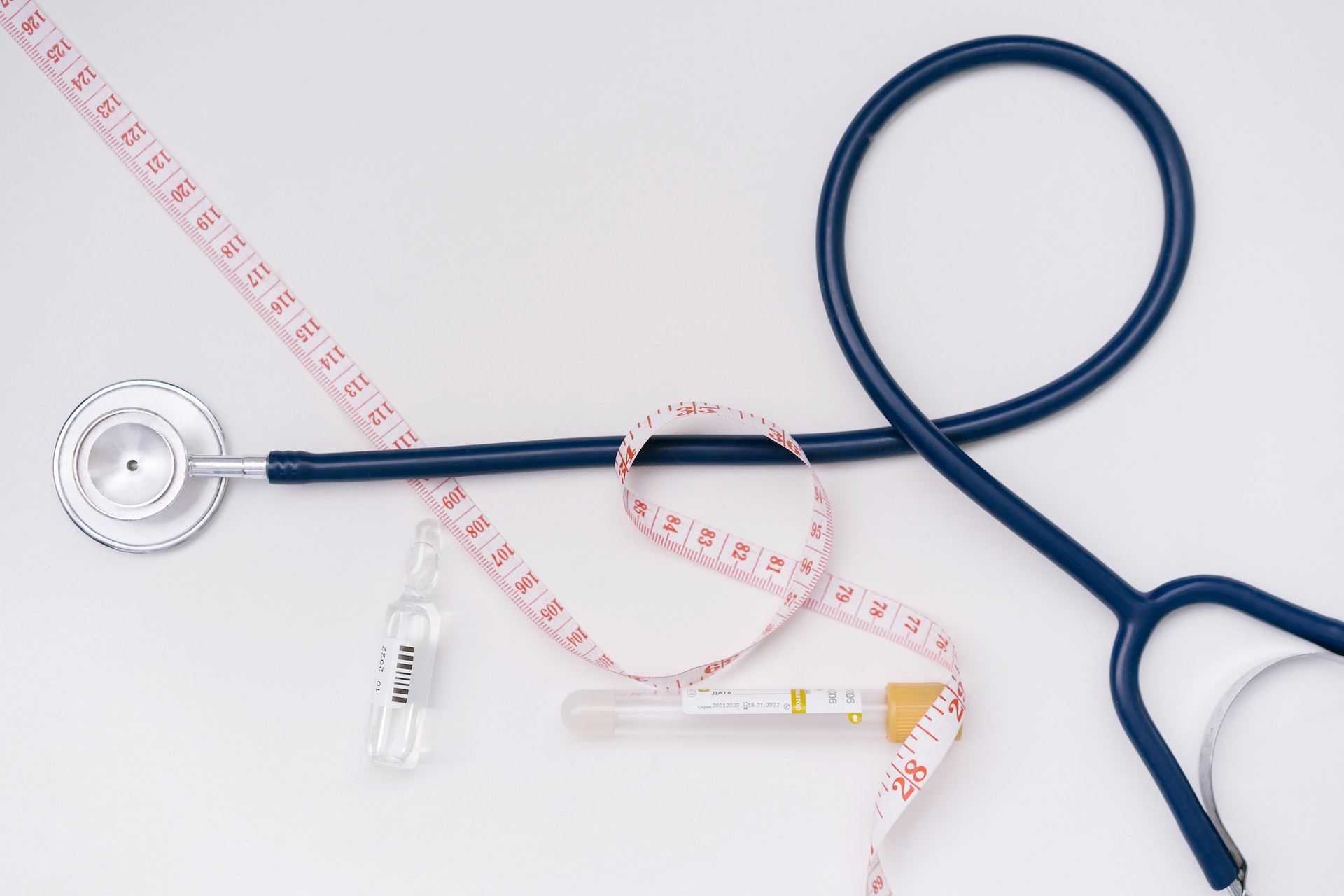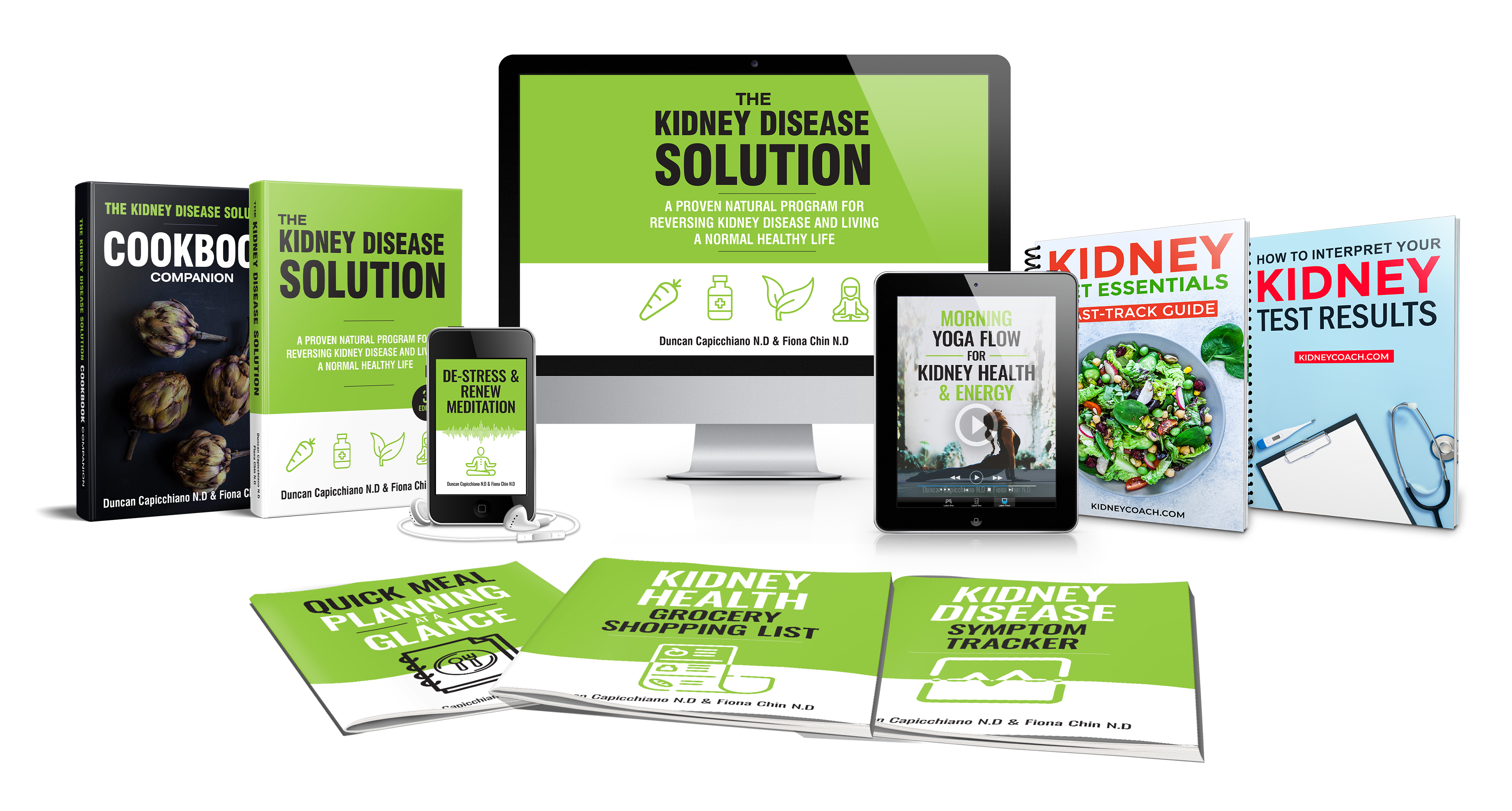Can a GFR of 40 Be Reversed?
When it comes to kidney health, one important measure is the glomerular filtration rate (GFR). This measures how well the kidneys are filtering waste from the blood. A GFR of 40 indicates that the kidneys are functioning at a level lower than normal. But the question is, can a GFR of 40 be reversed?
Understanding GFR
To answer this question, it's important to understand GFR in more detail. GFR is a measure of the rate at which blood is filtered through the kidneys. A healthy GFR is typically around 90 or higher, and a GFR of 40 is considered to be moderate to severe kidney damage.
To better understand GFR, it is important to know that it measures the rate at which blood is filtered through the kidneys. GFR is considered to be a more accurate measure of kidney function than other blood tests because it takes into account factors such as age, gender, and muscle mass.
A healthy GFR is typically around 90 or higher, while a GFR of 40 indicates moderate to severe kidney damage. GFR can be affected by a variety of factors, including high blood pressure, diabetes, infections, autoimmune disorders, and certain medications. If left untreated, decreased kidney function can progress to end-stage renal disease, which may require dialysis or a kidney transplant.
Regular check-ups with a healthcare provider can help identify any kidney problems early on, when they are easier to treat. This may involve blood and urine tests to monitor kidney function, as well as imaging tests such as ultrasound or CT scans. Maintaining a healthy lifestyle, such as eating a balanced diet, staying physically active, and avoiding smoking and excessive alcohol consumption, can also help protect kidney function and prevent kidney damage.
Treatment Options
There are several different treatment options available for individuals with decreased kidney function and a GFR of 40 or lower. The optimal treatment plan will depend on the underlying cause of the kidney damage, as well as the individual's overall health and medical history.
Medications may be prescribed to control blood pressure, reduce inflammation, or treat underlying conditions such as diabetes. In some cases, medications can help slow the progression of kidney damage and may even improve GFR. Lifestyle changes can also play a key role in improving kidney function.
This may include eating a healthy diet, exercising regularly, managing stress, and avoiding harmful substances such as tobacco and excessive alcohol. Dialysis is another treatment option for individuals with severely decreased kidney function. Dialysis involves using a machine to filter waste and excess fluid from the blood, which the kidneys would normally do.
Dialysis can help improve symptoms and prolong life, but it is not a cure for kidney disease. Kidney transplant may be an option for some individuals with end-stage renal disease, which is characterized by a GFR of 15 or lower. A kidney transplant involves surgically transplanting a healthy kidney from a donor into the recipient's body. A successful kidney transplant can greatly improve quality of life and eliminate the need for dialysis. However, not all individuals are eligible for a kidney transplant, and there are risks associated with the procedure.
Medications
Medications can be an effective treatment option for improving GFR and slowing the progression of kidney disease. The specific medications prescribed will depend on the underlying cause of the kidney damage. One class of medications commonly used to treat high blood pressure, called angiotensin-converting enzyme (ACE) inhibitors, can also help protect kidney function.
ACE inhibitors work by relaxing blood vessels, which can help improve blood flow to the kidneys and reduce the amount of protein in the urine. Another class of medications called angiotensin II receptor blockers (ARBs) may also be prescribed for individuals with kidney damage.
ARBs work in a similar way to ACE inhibitors, by blocking the effects of a hormone called angiotensin II that can contribute to high blood pressure and kidney damage. In some cases, medications may be prescribed to reduce inflammation or treat underlying conditions such as diabetes or autoimmune disorders, which can contribute to kidney damage. It is important to take medications as prescribed and to follow up regularly with a healthcare provider to monitor kidney function and adjust treatment as needed.
Lifestyle Changes
In addition to medications, lifestyle changes can play a key role in improving kidney function and slowing the progression of kidney disease. One important lifestyle change is maintaining a healthy diet. This may involve reducing salt intake, increasing consumption of fruits and vegetables, and limiting intake of high-protein foods.
Physical activity is also important for protecting kidney function. Regular exercise can help improve blood pressure, reduce inflammation, and improve overall health. Managing stress and avoiding harmful substances such as tobacco and excessive alcohol consumption can also help protect the kidneys.
Stress can contribute to high blood pressure, which can damage the kidneys over time. Tobacco and excessive alcohol consumption can also contribute to kidney damage. It is important to work closely with a healthcare provider to develop a personalized treatment plan that includes both medications and lifestyle changes. By taking an active role in managing kidney disease, individuals can help improve their kidney function and overall health.
Dialysis
Dialysis is a treatment option for individuals with severely decreased kidney function, typically with a GFR of 15 or lower. There are two main types of dialysis: hemodialysis and peritoneal dialysis. Hemodialysis involves using a machine to filter waste and excess fluid from the blood.
During the treatment, the patient's blood is pumped through a dialysis machine, where it is filtered and then returned to the body. Hemodialysis is typically performed in a hospital or dialysis center, and requires several hours per session, several times per week. Peritoneal dialysis, on the other hand, involves using the patient's own abdominal lining (the peritoneum) as a filter.
During the treatment, a sterile solution is introduced into the abdomen through a catheter, where it absorbs waste and excess fluid from the blood. The solution is then drained out of the abdomen and discarded. Peritoneal dialysis can be done at home, but requires daily treatments. Dialysis can help improve symptoms and prolong life, but it is not a cure for kidney disease.
Dialysis treatments are typically needed for the rest of the patient's life or until a kidney transplant becomes available. Working closely with a healthcare provider to determine the best type of dialysis for each individual, as well as to monitor kidney function and adjust treatment as needed. By following the treatment plan and making necessary lifestyle changes, individuals with kidney disease can help maintain their health and quality of life.
Kidney Transplant
Kidney transplant may be an option for some individuals with end-stage renal disease, typically with a GFR of 15 or lower. A kidney transplant involves surgically transplanting a healthy kidney from a donor into the recipient's body. The new kidney can help improve kidney function and eliminate the need for dialysis. Kidney transplants are typically more successful than dialysis in terms of improving quality of life and overall health.
However, not all individuals with end-stage renal disease are eligible for a kidney transplant, and there are risks associated with the procedure. The most common source of donor kidneys is from deceased donors, but living donors can also donate a kidney. Living donors can be family members or friends, or they can be unrelated individuals who are willing to donate a kidney.
Before a kidney transplant, individuals will undergo extensive medical testing to ensure they are a suitable candidate for the procedure. After the transplant, patients will need to take immunosuppressant medications to prevent the body from rejecting the new kidney. It is important to closely follow up with a healthcare provider after a kidney transplant to monitor kidney function and adjust treatment as needed.
Overall, kidney transplant can greatly improve quality of life and overall health for individuals with end-stage renal disease. However, it is important to carefully consider the risks and benefits of the procedure and to work closely with a healthcare provider to determine the best treatment plan.
The Importance of Early Detection
While there are many treatment options available for improving GFR and reversing kidney damage, early detection is key. Regular check-ups with your healthcare provider can help identify any kidney problems early on, when they are easier to treat. In addition, maintaining a healthy lifestyle and managing underlying health conditions can also help prevent kidney damage from occurring in the first place.
Conclusion
In conclusion, a GFR of 40 is an indication of moderate to severe kidney damage. However, with the right treatment approach and early detection, it is possible to improve GFR and reverse kidney damage. The key is to identify and address the underlying cause of the kidney damage, whether it's through medications, lifestyle changes, dialysis, or a kidney transplant. With proper care and attention, many people with decreased GFR can go on to live healthy, fulfilling lives.


